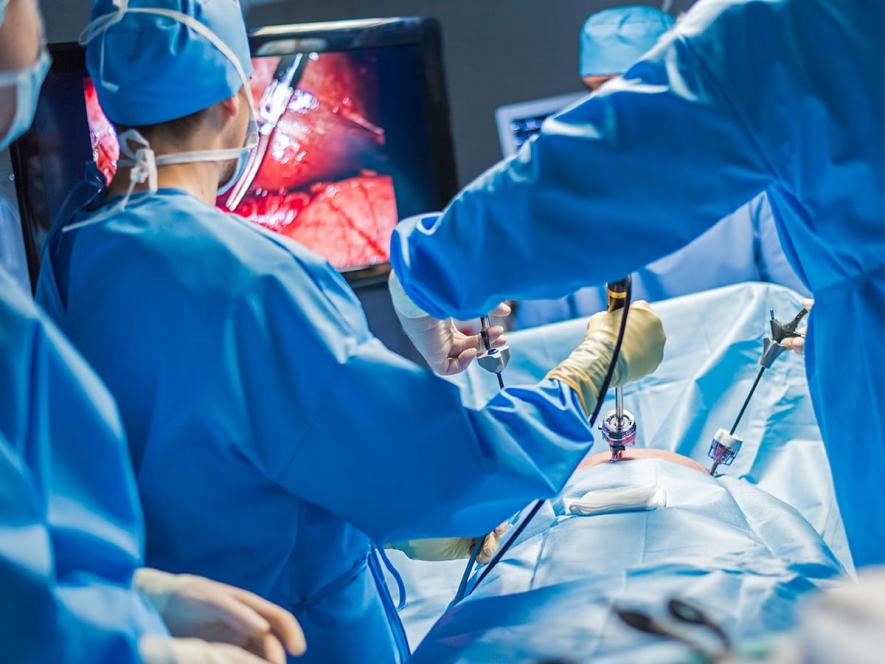LAPAROSCOPIC SURGERY
Laparoscopic surgery is perhaps the most important turning point in the history of surgery . It concerns the performance of surgeries through very small incisions aiming at the minimization of the injury of the abdominal wall. Through these incisions, endoscopic tools and a special camera (laparoscope) are inserted that transmits the image of the inside of the abdomen magnified to large high-definition screens (monitors). Most studies comparing laparoscopic to open surgery show that laparoscopy can be just as effective or even better than conventional open surgery with the added benefits of smaller incisions , less postoperative pain , andfewer complications from trauma (transfusion, hernia) , shorter hospital stays and faster return to daily activities and work .

Today, specialized surgeons in Basic and Advanced Laparoscopy can and do perform almost all abdominal surgeries laparoscopically . In the rare cases where the operation can not be performed laparoscopically, the surgeon will need to turn the operation open. This conversion should not be considered "wrong" by patients and surgeons. Instead it reflects the right choice of surgical team that should primarily aim at preserving the patient's health.

"Laparo-skopo" = I observe inside the lapara (=belly, greek)
Interview 2017 on the evolution of Surgery: "From Open to Laparoscopic, and from Laparoscopic to Robotic Surgery"
(text automatically translated from Greek)
Last Update : 21/4/2022
